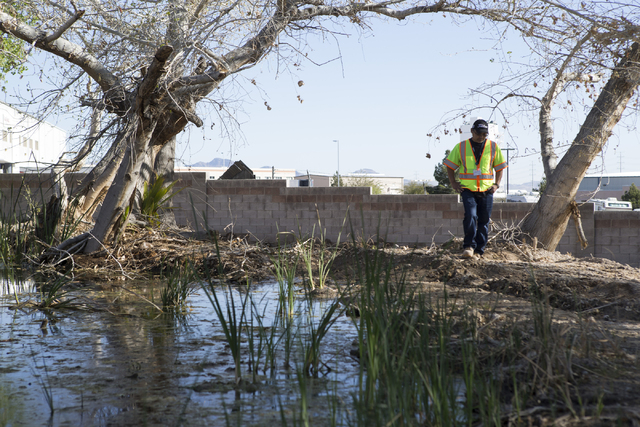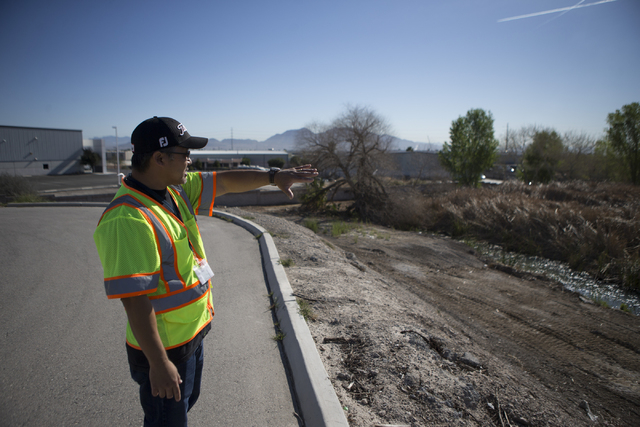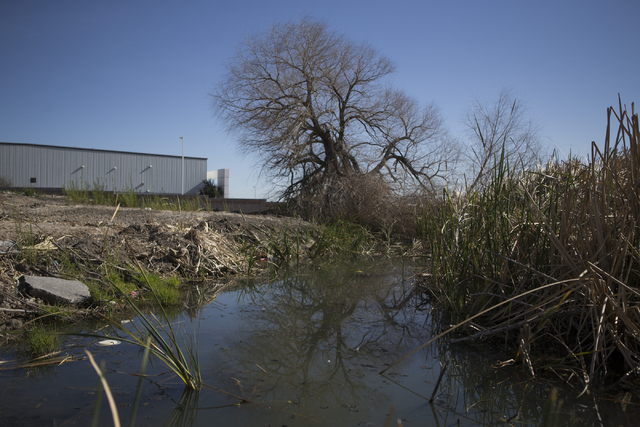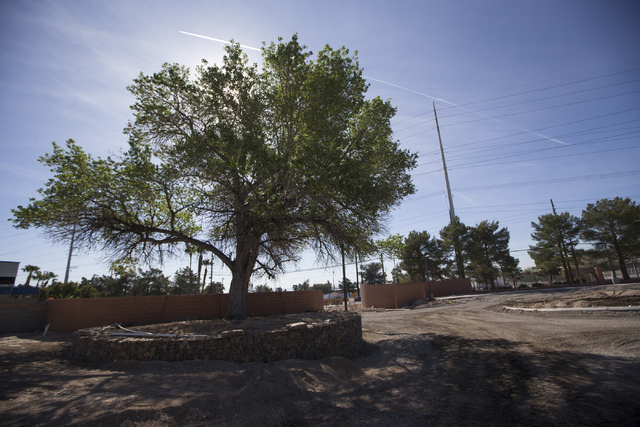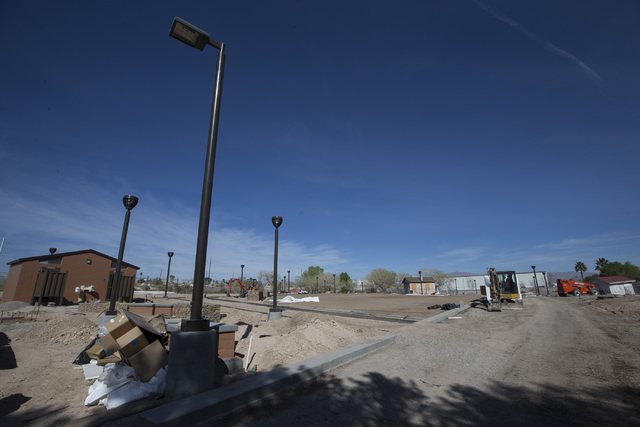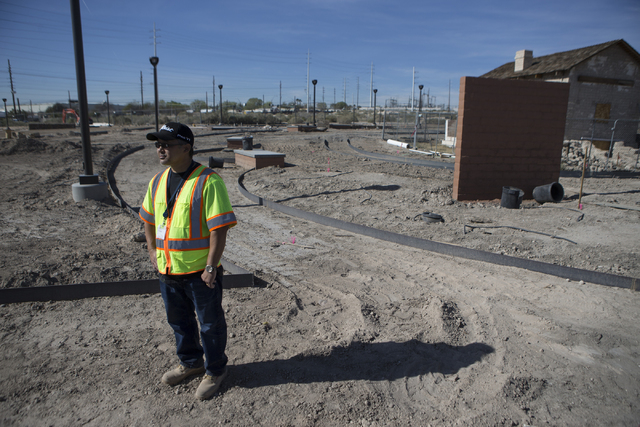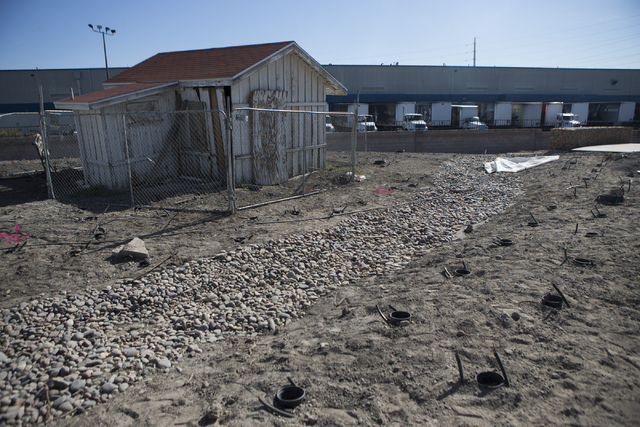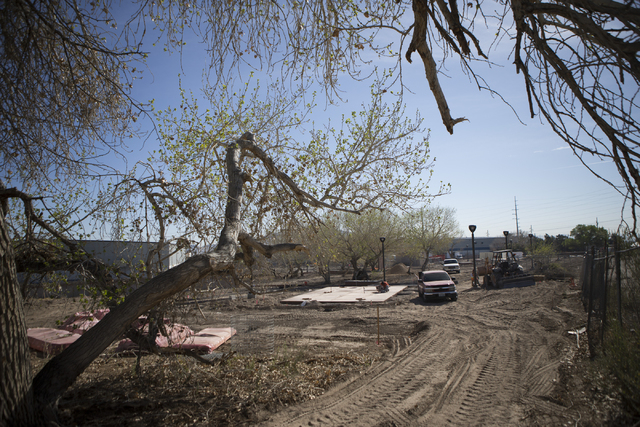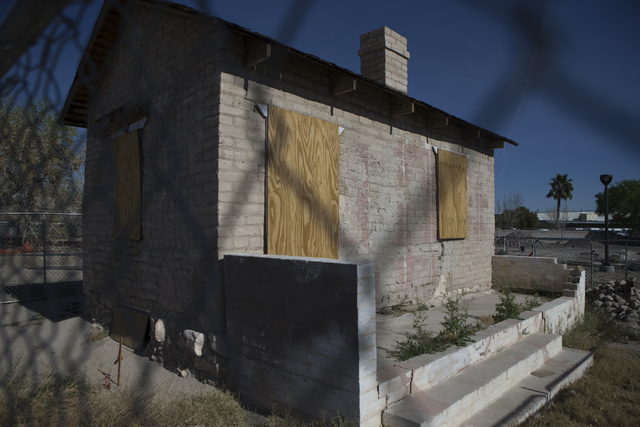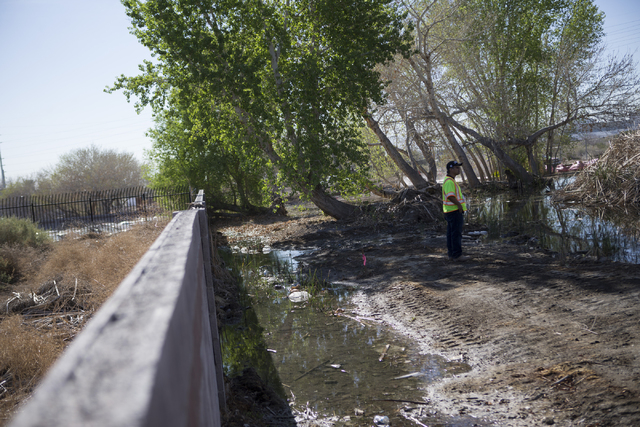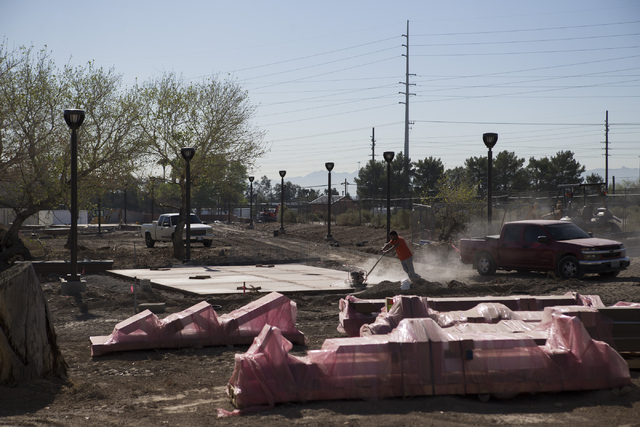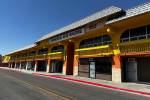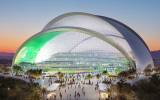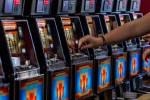North Las Vegas gears up for Kiel Ranch debut
After a few decades of pushing it to the side, North Las Vegas officials are reviving one of the first settled spots in the Las Vegas area with a planned grand opening in mid-June.
City officials are pouring in approximately $2 million to restore Kiel Ranch Historic Park — or what is left of it.
“This site is of huge historical significance to not just the city of North Las Vegas, but to Southern Nevada,” said Jeffrey Alpert, a North Las Vegas community activist who has taken the lead of researching the ranch’s historical significance. “The site was lucky enough to have water, support farming and ranching, and it’s plagued with historical stories about murder, adventures and Indian history. The sad part of the ranch is that very little of the original structures and the important pieces are left.”
The 7-acre park, located on the northeast corner of Commerce Street and Carey Avenue, is the last remnant of the original 240-acre homestead settled by Conrad Kiel in the mid-1800s, Alpert said.
Dubbed a historical treasure, it is home to one of the state’s oldest buildings known as the Adobe (circa 1880s to 1900) and an active artesian spring.
The spring habitat was first documented to have been used by the Southern Paiute. Later, Mormon settlers established a site around the local springs known as the Indian Farm from 1855-58.
Once they left, the ranch was purchased by Kiel, who owned it from 1868-94. It became one of two major ranches in the area.
“The ranch has a bad reputation because he let seedy characters stay there or the ‘undesirables,’ ” Alpert said. “A couple of murders occurred on the ranch, including the murder of Archival Stewert and of Kiel’s two sons.”
In 1903, the Kiel heirs sold the 240-acre ranch to the Utah, Nevada and California Railroad, which subsequently routed an interstate rail line through both Kiel Ranch and the Las Vegas Ranch.
With the railroad in place, town sites emerged in the Las Vegas Valley. Again, the location of the spring was influential, as the railroads needed water at these outposts, according to city officials.
Fast-forward to 1911, and the Park family took ownership of the ranch and built one of the remaining historical structures — the White House — as their residence. It was during this era that the ranch began to shed its Wild West image and became a part of Las Vegas high society until 1939.
Later that year, the ranch was leased to Edwin Losee, who would later purchase it, and it became known as the Boulderado Ranch. Until 1958, it was used as a divorce ranch by out-of-state people seeking to gain residency and utilize Nevada’s liberal divorce laws.
Many cottages were added to the grounds to accommodate the demand. However, as the new casino industry pulled clientele away, the Losee family slowly began to sell the 330 acres of the Boulderado Ranch parcel by parcel, according to city officials.
The North Las Vegas Bicentennial Committee purchased the remaining 25.59 acres for preservation in 1974.
The committee donated 27 acres of Kiel Ranch to North Las Vegas in 1976, and the city made plans to develop the area into a historic park.
The John S. Park Mansion, the William Park home and several outbuildings from the Boulderado Dude Ranch era were still standing. Also on the site was a historic cemetery, according to an October 2005 article by the Preservation Association of Clark County.
The article went on to state, “But barely seven months went by after the creation of the Advisory Board for Kiel Ranch that Councilwomen Brenda Price and Mary Kincaid proposed to the City Council that Kiel Ranch should be sold in order to procure funds to build Walker Pool. … Although Kiel Ranch was spared for a while, Price and Kincaid’s proposal opened the floodgates for the city to consider Kiel Ranch as a cash cow rather than a valued historic site in spite of strong protest from the community. By 1988, 22 acres were sold to Ray Vega of Vegas Foods, who built the Kiel Ranch Industrial Park.”
“It was just a lack of interest in the city’s behalf. They couldn’t agree what to do with it,” Alpert said. “Unfortunately, because of the city’s neglect in the ‘70s, ‘80s and ‘90s, squatters started hanging out at the ranch, and the city and other people began using the area as a dump.”
Eventually, in August 1992, the historic White House caught fire and was destroyed, Alpert added.
Since then, several design concepts have been developed and left due to a lack of funding or interest, but because of the city’s past attempts to restore the park, current construction is a continuation of previous studies built on decades of design and public outreach.
It may be hard to imagine what the park will look like with all of the overgrown weeds and pieces of debris currently there, but North Las Vegas Director of Neighborhood and Leisure Services Cass Palmer is optimistic about the direction the park is heading.
The park’s main highlights will be the restoration of the spring wetland habitat and of its two remaining historical structures: the Adobe building and the Doll House, which is an old cottage from the divorce ranch era, he said.
The adobe structure is set to be surrounded by a history walk, with interpretive nodes relating to each of the ranch’s eras. Group ramadas, restrooms, kiosks and picnic areas are also planned.
North of the Doll House, a small orchard is planned, showcasing historic fruit trees planted during the Kiel era.
Construction of the park is divided into four phases, with phase one expected to be complete in June in time for the grand opening celebration. It includes restoring the historic site, including the Adobe security and access, Park family plaza, and the orchard and open space. The rest of the phases will concentrate on the springs restoration, access and general overlook.
Construction funding was made possible in part by the Southern Nevada Public Land Management Act and from Land and Water Conservation Fund grants totaling more than $2 million.
The project is estimated to be completed in 2017.
“Once completed, it’s going to be a great way for the community to experience historical aspects of the ranch,” said Tracey Farage, recreation coordinator of North Las Vegas. “Families will be able to learn about a vital part of North Las Vegas.”
“It’s a huge historical preservation of our history — not only of North Las Vegas, but of the Southern Nevada Valley,” Palmer said. “It reminds us of our origins and why the settlers came here. The city is responsible for preserving our historical culture and reminding citizens of their early beginnings.”
To reach North View reporter Sandy Lopez, email slopez@viewnews.com or call 702-383-4686. Find her on Twitter: @JournalismSandy.



